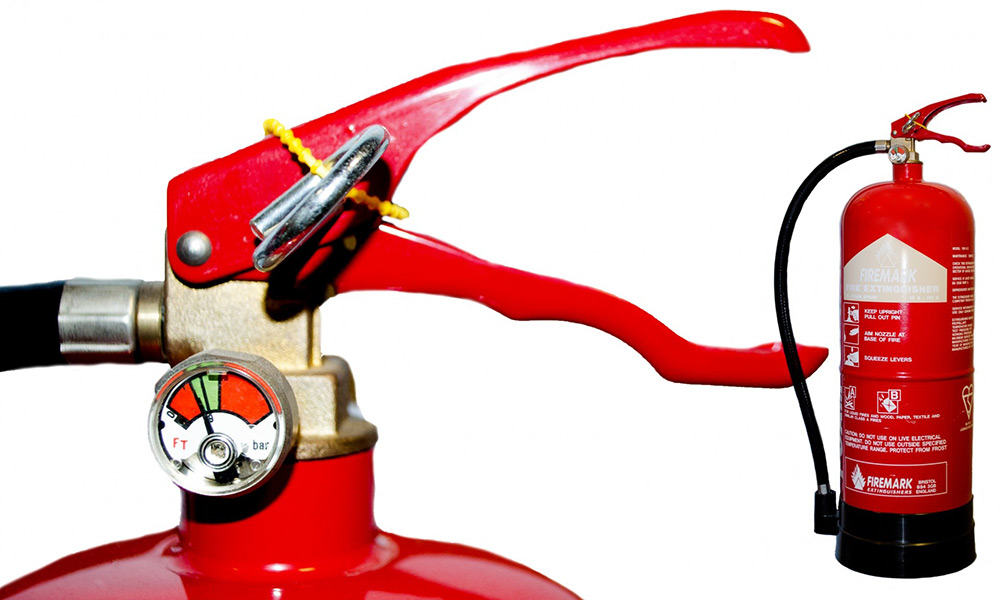Fire Safety
The best case scenario is that you protect yourself in all possible ways. Prevention is better than cure, after all. For this, any and all measures should be taken such as inspection of any possible hazards as well as hiring services such as fire extinguisher testing Melbourne, to aid and assist you.

Some basic tips to safeguard yourself and those around you are:
- Install plastic safety covers in all sockets to make sure children don’t get their curious fingers or other objects into them and start an electrical fire.
- Be careful around candles; try to place them where no curtains, drapes or other such objects can get in touch with them.
- It is vital to be mindful of the number of devices being connected to a single power outlet. This is especially when using extensions. Overloading a circuit may lead to short-circuiting. This could lead to an electrical fire.
- Smoke detectors should be installed everywhere. This doesn’t just mean the kitchen and the bedrooms; rather the offices, living rooms, etc should all be equipped with smoke detectors.
- Keep fire extinguishers spaced around, in an easily accessible setting.
The Use of Fire Extinguishers
It appears to be quite a simple task to pick up a fire extinguisher and leap into action if the need arises. However, the fact of the matter is that the first response in such situations is usually to flee. This is human nature.
In order to actively and effectively react to such situations, human resource around; be it at home or office, needs to be trained to handle situations and the correct use of fire extinguishers.
- Always be careful to match the type of fire to the fire extinguisher in use. Grease fires, for instance, won’t respond well to water, and thus foam or a chemical extinguisher is required in these situations.
- Fires and fire extinguishers are categorized by type. Class A includes fires caused by paper, wood and other such combustible materials. Class B fires are caused by oil, gasoline, and flammable liquids. Class C fires are those involve electrical equipment.
- Familiarize yourself regarding the proper use of fire extinguishers. They usually contain nozzles or levers that can cause quite a bit of confusion in panicking situations.
- Periodically test the extinguisher to make sure it is in proper working condition. For this services such as fire extinguisher testing Melbourne are also available to lend you further peace of mind.
- The proper protocol to use with a fire extinguisher is:
- P – Pull the pin which unlocks the mechanism of the extinguisher,
- A – Aim the hose to the base of the fire, rather than the flames,
- S – Squeeze the lever gradually, and lastly,
- S – Sweep the hose from side to side to effectively dispense the extinguisher and help put out the fire.
- Try to get your hands on the ABC type fire extinguishers and install them around the workspace or at home. They are able to put out fires of all categories and are thus immensely helpful.
- Never turn your back on the fire! Even if you feel you have successfully extinguished it, ambers could remain which would just flare up again if allowed to. This is why once the flames have subsided, continue spraying. And also carefully inspect the remaining debris to make sure no glowing embers remain.
